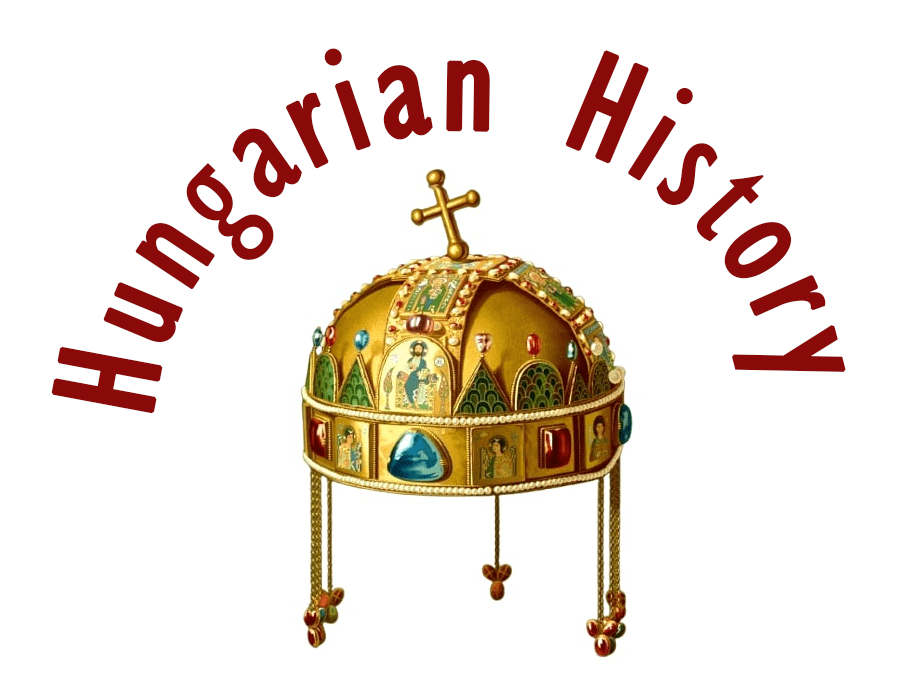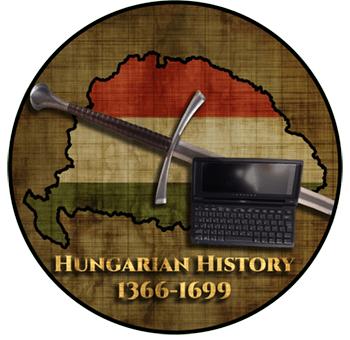
Eugene of Savoy led 24 battles, was wounded 13 times, and served three emperors (Leopold I, Joseph I, and Charles VI). His victories helped Austria emerge from the Turkish wars as a great power. He taught military strategy to Frederick the Great, the future king of Prussia, and Napoleon considered his campaigns alone worthy of study. Among other things, the Prussian army borrowed many fundamental tactics from him, including their well-proven mine warfare.

Born in Paris but pursuing a military career as a commander in the Holy Roman Empire, Eugene of Savoy was granted Hungarian nobility in 1715, but Csepel Island became his property already in 1689. In many respects, he was like other magnates of the era, but in some ways, he differed significantly from them. He was born in Paris on October 18, 1663, into an Italian aristocratic family; his mother was the granddaughter of Cardinal Mazarin. His father was, at least officially, the Prince of Savoy-Carignan, but according to gossip, he was actually the son of the ruler himself, Louis XIV, the Sun King.

The rumor originated from the fact that Eugene of Savoy’s mother, Olympe Mancini, was one of the king’s mistresses. The woman did not pay much attention to Eugene, as she was preoccupied with court intrigues. One such intrigue led to her downfall, a poisoning case in which she was also implicated. She got off lightly: she was banished from court and had to flee to Brussels. From then on, Olympe Mancini devoted herself to her children, including Eugene, but only to foster in them a hatred of the court and the French rulers.

The handsome young Eugene of Savoy then caused scandals at court himself. He lived a prodigal life in his youth, and his orgies, attended only by men, were well known throughout Paris, as the future military commander was allegedly attracted to his own sex. Meanwhile, despite his frail and short stature, he dreamed of a military career and even prepared for it.

However, the Sun King and his circle did not tolerate Savoy’s orgies and all sorts of scandalous affairs, but took a radical step: the king set him the goal of becoming a priest instead of a soldier, which was reinforced by the fact that, due to his short stature and weak physique, he was nicknamed “the little abbot” at court at the time. Since his mother had raised him to be hostile to the Sun King, and he was unhappy with how his fate had unfolded at the French court, he left it at the age of 20, with the help of a friend, under the cover of night, dressed in women’s clothing. He did not stop until he reached Vienna, where he offered his sword to Emperor Leopold I of Austria.

In the Holy Roman Empire, neither his physique nor his homosexuality mattered; instead, his actions were valued, and he was welcomed with open arms, and he thoroughly repaid that trust. In 1683, he took part in defeating the Turks who were besieging Vienna, and his bravery soon earned him the command and ownership of a dragoon regiment.

He took part in the unsuccessful siege of Buda (1684) and in the victory at Esztergom in 1685, where his cousin, Margrave Louis of Baden, recognized his talent as a military commander. Eugene built an exceptional military career, becoming the most successful military commander of the era and one of the most influential men of his time, then becoming the deputy commander of the Christian forces that liberated Buda in 1686.

He suffered a serious wound to his right hand in the Battle of Nagyharsány in 1687, where he was the first to break through the enemy’s defenses with his horsemen. Shortly after this, he was the one who brought news of the victory to Vienna. In 1688, he fought as a lieutenant general alongside Maximilian, Elector of Bavaria, in the capture of Belgrade (Nándorfehérvár), where he was wounded again.

In the War of the Palatinate Succession, which broke out in 1688, he beat the French, taking revenge on them for their mockery. Then, he led his first completely independent campaign against the Turks: on September 11, 1697, he defeated the army of Sultan Mustafa II in the Battle of Zenta, ending a century and a half of Turkish rule over most of Hungary. This was perhaps his greatest success.

Prince Thököly and Eugene had not liked each other since the siege of Vienna, and in the Battle of Zenta, Thököly once again fought on the Turkish side. The defeat was partly due to Savoy’s military talent and partly to the fact that the Grand Vizier did not listen to the Hungarian leader’s advice. Although the emperor had originally ordered a retreat, Savoyai, based on reports from his scouts, realized that the Turkish army was crossing the Tisza River. His attack caught them in a divided and vulnerable state.

Thököly, discarding his clothes, escaped by swimming across the Tisza River. Later, Savoyai recognized them in the midst of the retreating Turkish army and only allowed the Hungarian troops to pass at the request of the Turkish pasha, allegedly saying, “Let the Hungarian dogs go.” However, the authenticity of this quote is doubtful. The victory at Zenta, which cost the lives of 30,000 Turks, finally broke the Turkish power in Hungary and at the same time laid the foundation for Eugene of Savoy’s European fame.

The following month, between October 23 and 25, the looting and burning of Sarajevo was one of the prince’s less glorious deeds. Many Bosnian Catholic residents indeed joined his retreating troops. He remained commander-in-chief until the Turks renounced Transylvania and all of Hungary except for the Banate Region in the Treaty of Karlóca (January 26, 1699). Savoy kept the promises he had made to his soldiers, and among other things, Rinaldo of Modena received an estate almost the size of a county in the northern part of Arad County.

Subsequently, in the War of Spanish Succession (1701–1714), he once again faced the French and achieved victory after victory. Success followed success on the northern Italian battlefield, although officials from the Viennese court, alongside the French, made his task more difficult. He also took part in the War of the Polish Succession.

The situation only changed in 1703, when he was appointed president of the Court Council of War and transformed the army into a formidable force. In 1704, he defeated the Bavarians with the British Duke of Marlborough, in 1706 he conquered Northern Italy for Austria, and then in 1708-1709 he conquered most of the Low Countries. At the Hungarian Diet of 1712-25, he was granted indigenatus, meaning he was awarded Hungarian nobility as an honor. In 1714, he became governor of the Low Countries.

When the Porte violated the Peace of Karlóca in 1699, the Emperor sent his victorious commander against the Turks with 64,000 soldiers. Ali Pasha approached Pétervárad with 150,000 men to relieve the siege when Eugene of Savoy and Pálffy János cut off his path on August 5, 1716, and defeated him completely in the Battle of Szalánkemén. Eugene of Savoy hurried from there to Temesvár and captured the important border fortress, along with the other castles of the Banate, from the Turks. The 10,000 Turkish defenders of Temesvár surrendered, requesting free passage as a condition. Savoy agreed to this: he ordered a thousand carts to transport the wounded, the Turkish population, and their possessions to Belgrade.

In 1717, Eugene of Savoy transported his army across the Danube under the eyes of the Turks and surrounded Belgrade. However, while he was besieging the castle, the Grand Vizier’s powerful relief army surrounded his forces. If the castle guards and the Grand Vizier had attacked his army at the same time, he would have easily found himself in a critical situation. But the Grand Vizier’s messenger, a former Kuruc warrior of Thököly, named Vékony János, delivered the Vizier’s letter to Pálffy János, instead of the Pasha of Belgrade. From this, Eugene of Savoy learned of the planned date of the attack and, to prevent it, attacked the Grand Vizier’s army with his entire force on August 15, 1717, and won a brilliant victory, then forced the Belgrade garrison itself to surrender, thus finally driving the Turks out of Hungary. Note that without Vékony János, he would have been in deep trouble.
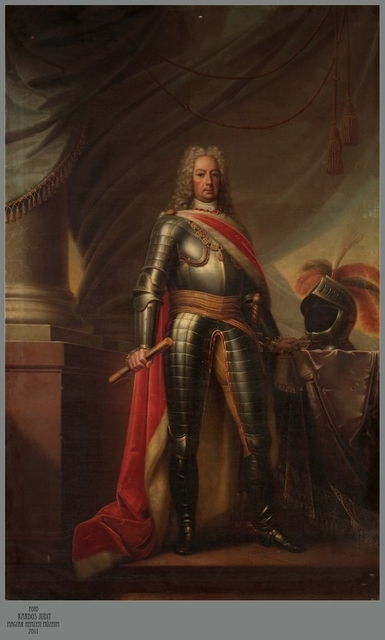
He then conquered Szendrő, Szabács, and Orsova. As a result of these victories, on July 21, 1718, the sultan signed the Treaty of Passarowitz, in which the Turks renounced Belgrade, most of Serbia and Bosnia, and the region of Little Wallachia extending to the Olt River. He then returned to the head of the Low Countries, but preferred to live in the Belvedere Palace in Vienna, enjoying his fabulous wealth.

Savoy acquired his Hungarian estates at the end of the 17th century. Csepel Island, owned by the Esterházy family, was almost completely depopulated during the Turkish occupation, and after the Christian armies drove out the Turks, the area fell into the hands of one of Savoy’s friends, Count Donat Johann Heißler von Heitersheim. He began to develop Csepel, settling mostly German farmers there, and had many plans for the island. However, he unexpectedly died from a battlefield wound, and his wife subsequently sold the island to Savoyai. He continued the development of Csepel where his friend had left off.

While he was considered the most distinguished military commander of the Habsburg states and one of the greatest geniuses in military history, he opposed the Hungarian War of Independence led by Prince Rákóczi and was even outraged by it. He regarded it as a rebellion against the Emperor who had liberated the country from the Turks, and thus considered it treason. He demanded harsh punishment for the “criminals” and opposed negotiations with the Kuruc forces:
“Since when must a monarch make peace with his subjects, especially rebellious subjects? Does a rebel even have the right to wage war? What law obliges a monarch to negotiate with rebels?” he wrote.

Nevertheless, he welcomed the peace treaty concluded in Szatmár, as he wrote on June 20, 1711, to General Count Pálffy János, chief negotiator of the Labanc (pro-Habsburg) forces:
“I kissed your letter ten times… From the very beginning, I saw in you a second Teleki Mihály; he saved his country, and you preserved it with wisdom rather than with a sword.” The contradiction can perhaps be explained by the fact that Prince Eugene did not expect the negotiations to be successful.

Although Savoyai supposedly loved Hungary and the Hungarians, as the new owner of Csepel, he nevertheless attracted South Slavic and Catholic German settlers to his land with favorable conditions, and not Hungarians. It is thanks to him that life finally returned to the island and farming began. He himself enjoyed spending time here, although his many military campaigns and battles left him relatively little time for it. However, as he often took part in battles, he was wounded several times and had to recover in Csepel on several occasions.

An advocate of the arts and sciences, Savoy had an enviably large library and art collection. He corresponded with the greatest thinkers of his time, such as Montesquieu and Leibniz, and provided financial support to Jean-Jacques Rousseau. He amassed a huge library and art collection and had magnificent palaces built throughout the Empire by the most renowned architects of the age, one of which was on Csepel Island, in Ráckeve.

The rather small man wore a huge wig, as was customary at the time, but dressed unusually simply, avoided pomp, shunned attention, and indulged in only one passion: snuff. In his modesty, he refused to have a statue erected in his honor in the Netherlands, rejected gifts, and was an enemy of patronage.
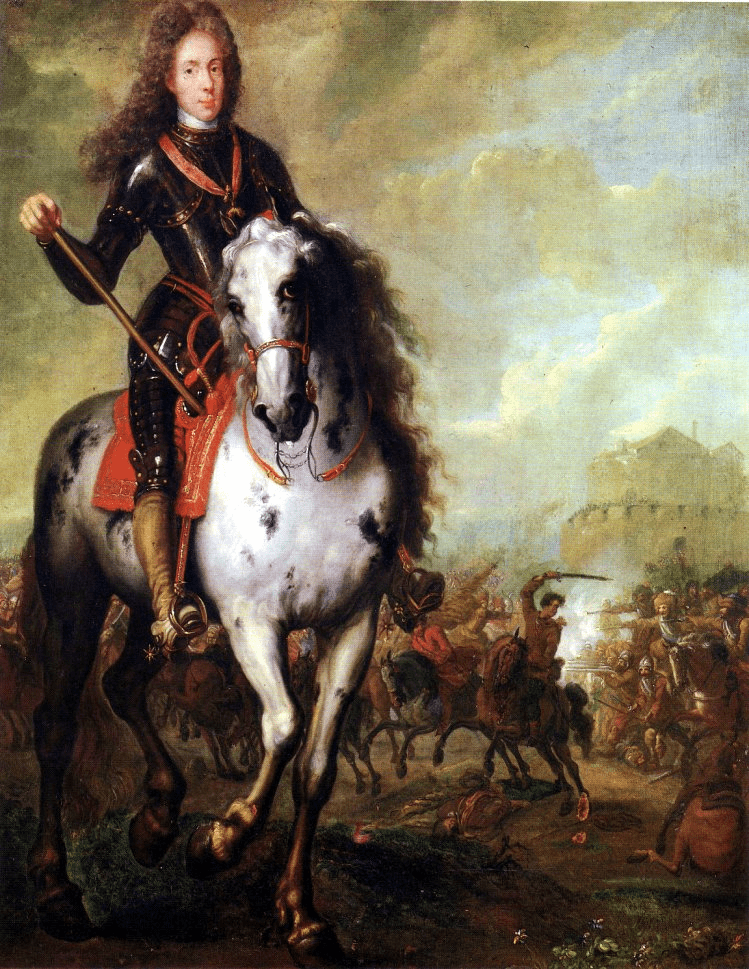
His homosexuality was probably the reason why he never married. Unlike other homosexuals of his age, his status meant that he did not need to keep up appearances; he devoted all his free time to science and the arts. Although some consider his relationships with people of the same sex to be youthful debauchery, there is no acceptable evidence of a single heterosexual relationship.

His eventful life, which lasted longer than was customary at the time, came to an end in Vienna at the age of 72. He died of a stroke on April 21, 1736. He is buried in the Cathedral of St. John the Baptist in Torino.

The memory of Eugene of Savoy in Hungary is quite sparse. In addition to Csepel, Budafok (then known as Promontor) was also his estate, and since 1989, the district’s main square has borne his name, as has the Savoya Park shopping center in District XI. In Csepel, however, there is no trace of the military commander. There is, however, a reference to him in the Buda Castle, not just anywhere, but on the terrace in front of the Hungarian National Gallery, overlooking the Danube and Pest, which bears Savoyai’s name (Savoyai Terrace, and there is also a bar with the same name), In the middle of it stands a huge equestrian statue by sculptor Róna József, which has been watching over the castle and us since 1900.

In summary, Eugene of Savoy’s qualities as a military commander are beyond dispute. The negative image that has developed about him on the Hungarian side may be the result of later national traumas and simplified historical narratives. In order to interpret the events of the era, it is necessary to distinguish between precise roles and spheres of influence. As a military commander, he did what he had to do – but the future of the country was shaped by others.

(Sources: Jankó András, We love Budapest https://welovebudapest.com/cikk/2024/10/22/latnivalok-es-kultura-savoyai-jeno-hadvezer-elete-emlekezete-csepel-sziget/ and the HungarianWikipedia)
Dear Readers, I can only make this content available through small donations or by selling my books or T-shirts.
Please, support me with a coffee here: https://www.buymeacoffee.com/duhoxoxa
You can check out my books on Amazon or Draft2Digital. They are available in hardcover, paperback, or ebook:
https://www.amazon.com/dp/198020490X or at https://books2read.com/b/boYd81
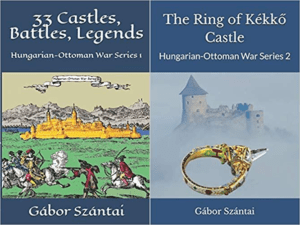
My work can also be followed and supported on Patreon: Become a Patron!http://Become a Patron!
Become a Patron! Donations can be sent by PayPal, too: https://tinyurl.com/yknsvbk7

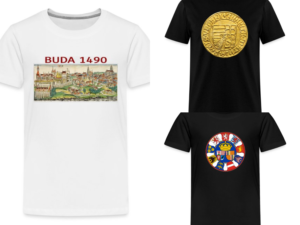
https://hungarianottomanwars.myspreadshop.com/all
Subscribe to my newsletter here: https://tinyurl.com/4jdjbfkn
